Even without experimental results.
Get the latest international news and world events from around the world.

Vision loss: Is gene therapy the answer?
Diseases that affect the retina, the light-sensitive layer at the back of the eye, are a significant cause of visual impairment and blindness. Gene therapy holds promise for treating some of these conditions, and current research advances may soon shift the therapeutic landscape for eye health. However, many obstacles remain in place, as this Special Feature discusses.
Gene therapy uses genetic material, either DNA or RNA, to treat or prevent the progression of a disease. It often involves the introduction of genetic material into a person’s cells to replace a defective or missing gene.
Although early attempts at gene therapy have been effective in achieving the expression of the therapeutic gene in the target tissue, they have also been accompanied by severe adverse effects.
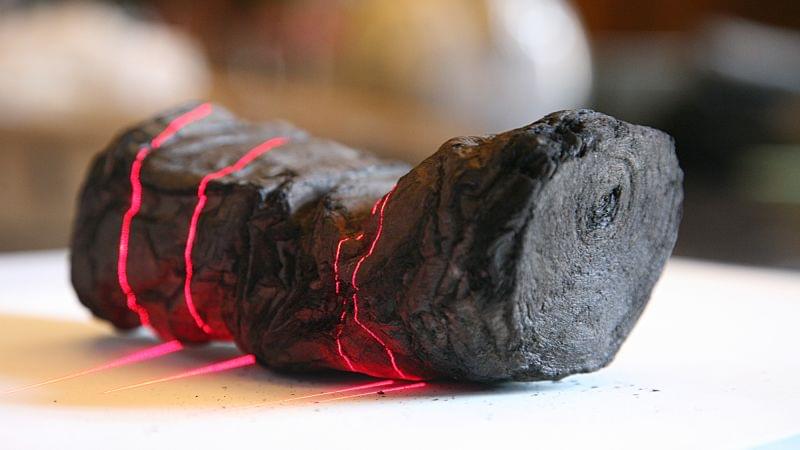
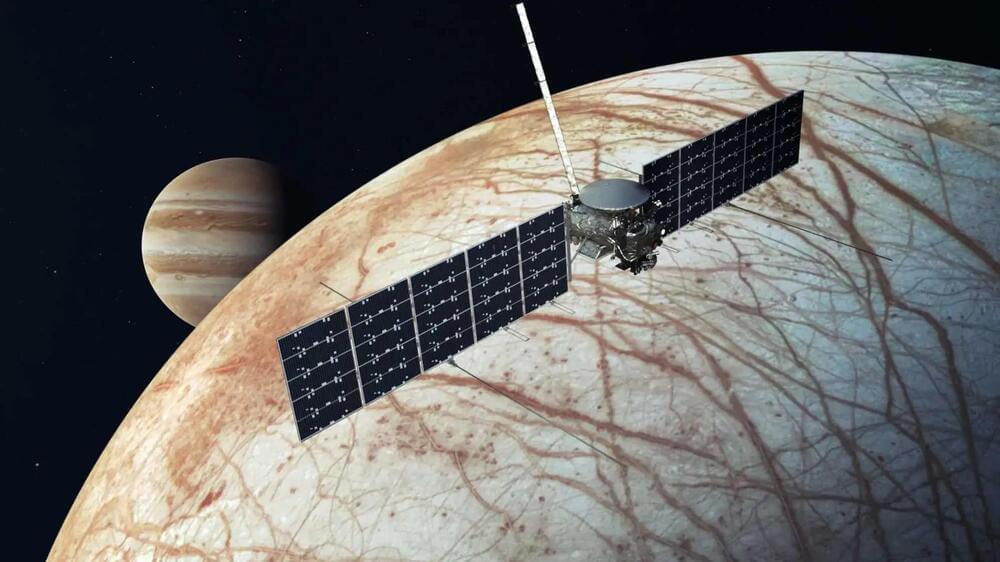
NASA Sets Coverage for Europa Clipper Launch to Jupiter Moon
Lee esta nota de prensa en español aquí.
NASA will provide live coverage of prelaunch and launch activities for Europa Clipper, the agency’s mission to explore Jupiter’s icy moon Europa. NASA is targeting launch at 12:31 p.m. EDT Thursday, Oct. 10, on a SpaceX Falcon Heavy rocket from Launch Complex 39A at NASA’s Kennedy Space Center in Florida.
Beyond Earth, Jupiter’s moon Europa is considered one of the solar system’s most promising potentially habitable environments. After an approximately 1.8-billion-mile journey, Europa Clipper will enter orbit around Jupiter in April 2030, where the spacecraft will conduct a detailed survey of Europa to determine whether the icy world could have conditions suitable for life. Europa Clipper is the largest spacecraft NASA has ever developed for a planetary mission. It carries a suite of nine instruments along with a gravity experiment that will investigate an ocean beneath Europa’s surface, which scientists believe contains twice as much liquid water as Earth’s oceans.

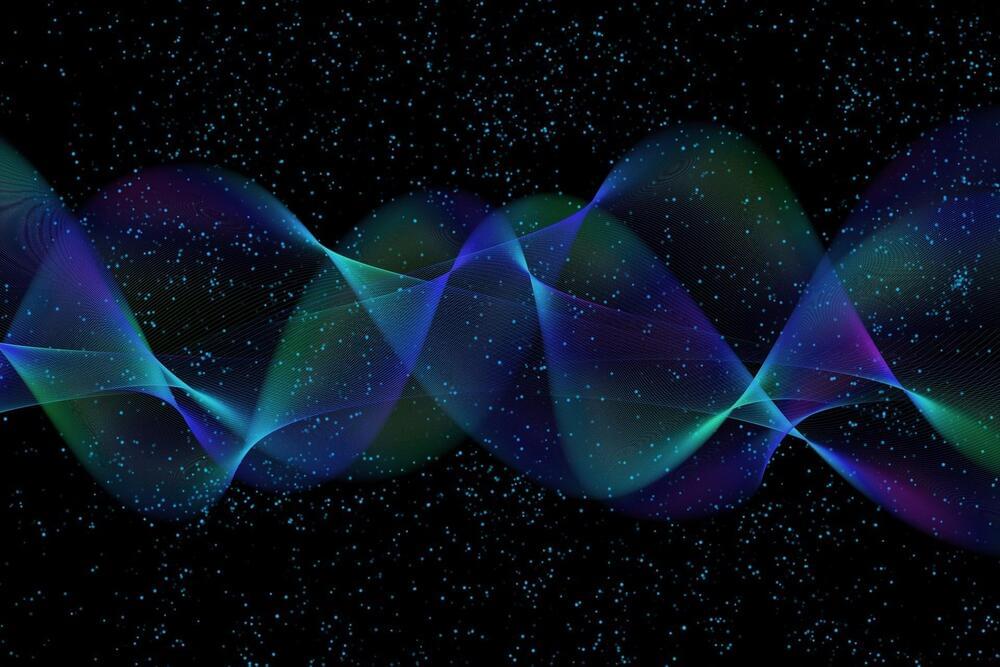
The Complex Structure of Quantum Mechanics
I have been thinking for a while about the mathematics used to formulate our physical theories, especially the similarities and differences among different mathematical formulations. This was a focus of my 2021 book, Physics, Structure, and Reality, where I discussed these things in the context of classical and spacetime physics.
Recently this has led me toward thinking about mathematical formulations of quantum mechanics, where an interesting question arises concerning the use of complex numbers. (I recently secured a grant from the National Science Foundation for a project investigating this.)
It is frequently said by physicists that complex numbers are essential to formulating quantum mechanics, and that this is different from the situation in classical physics, where complex numbers appear as a useful but ultimately dispensable calculational tool. It is not often said why, or in what way, complex numbers are supposed to be essential to quantum mechanics as opposed to classical physics.
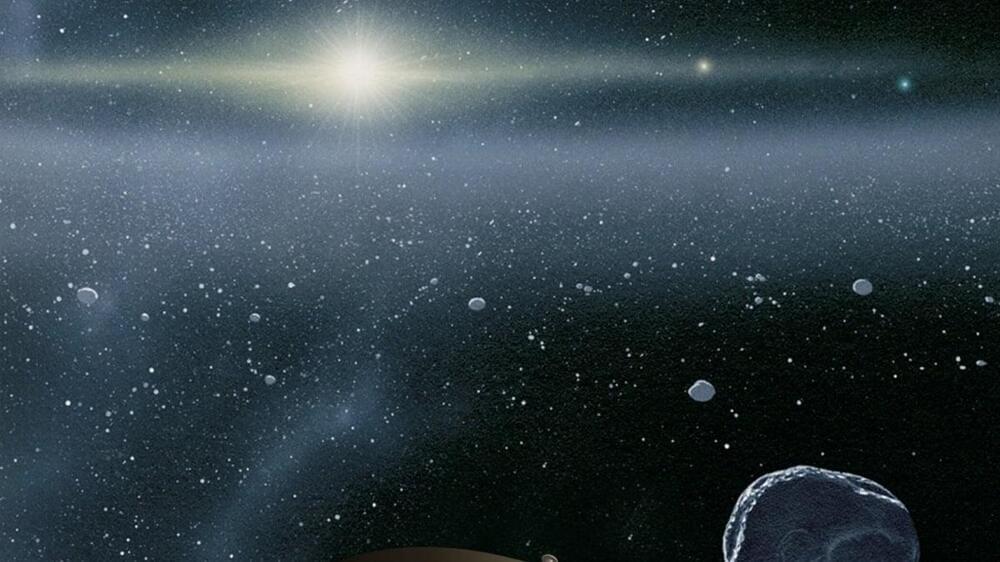

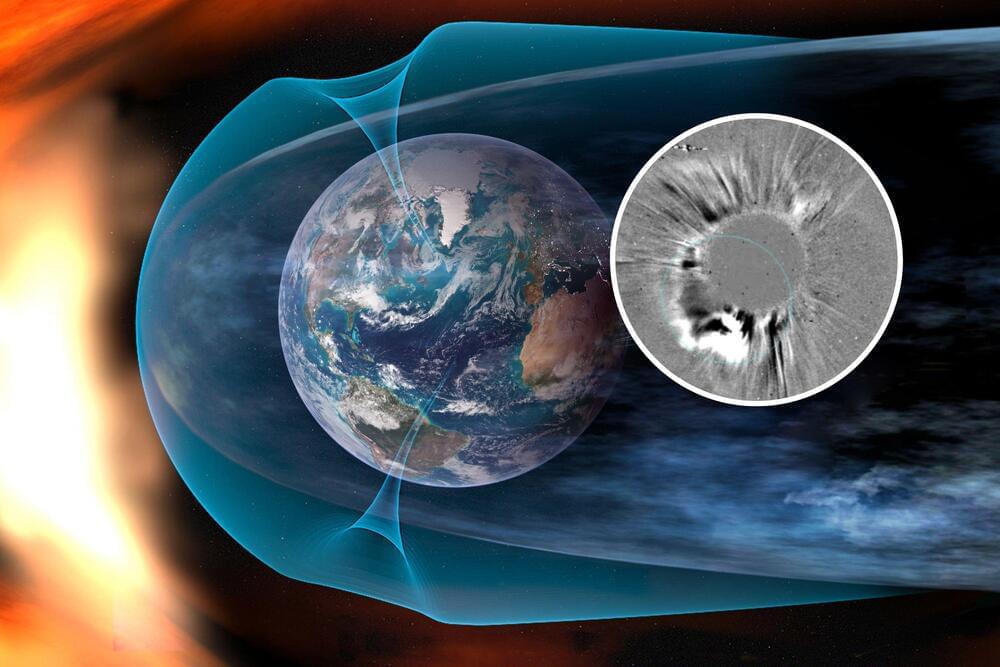

Quantum Paradoxes Unraveled by New X-Ray Techniques
An international team of physicists has devised a method to test alternatives to standard quantum theory, proposing a possible explanation for why quantum effects don’t appear in larger objects like cats.
Their findings explore why objects only display quantum properties at microscopic levels, involving sophisticated experiments with spontaneous radiation that could validate these new models.
Exploring Quantum Paradoxes